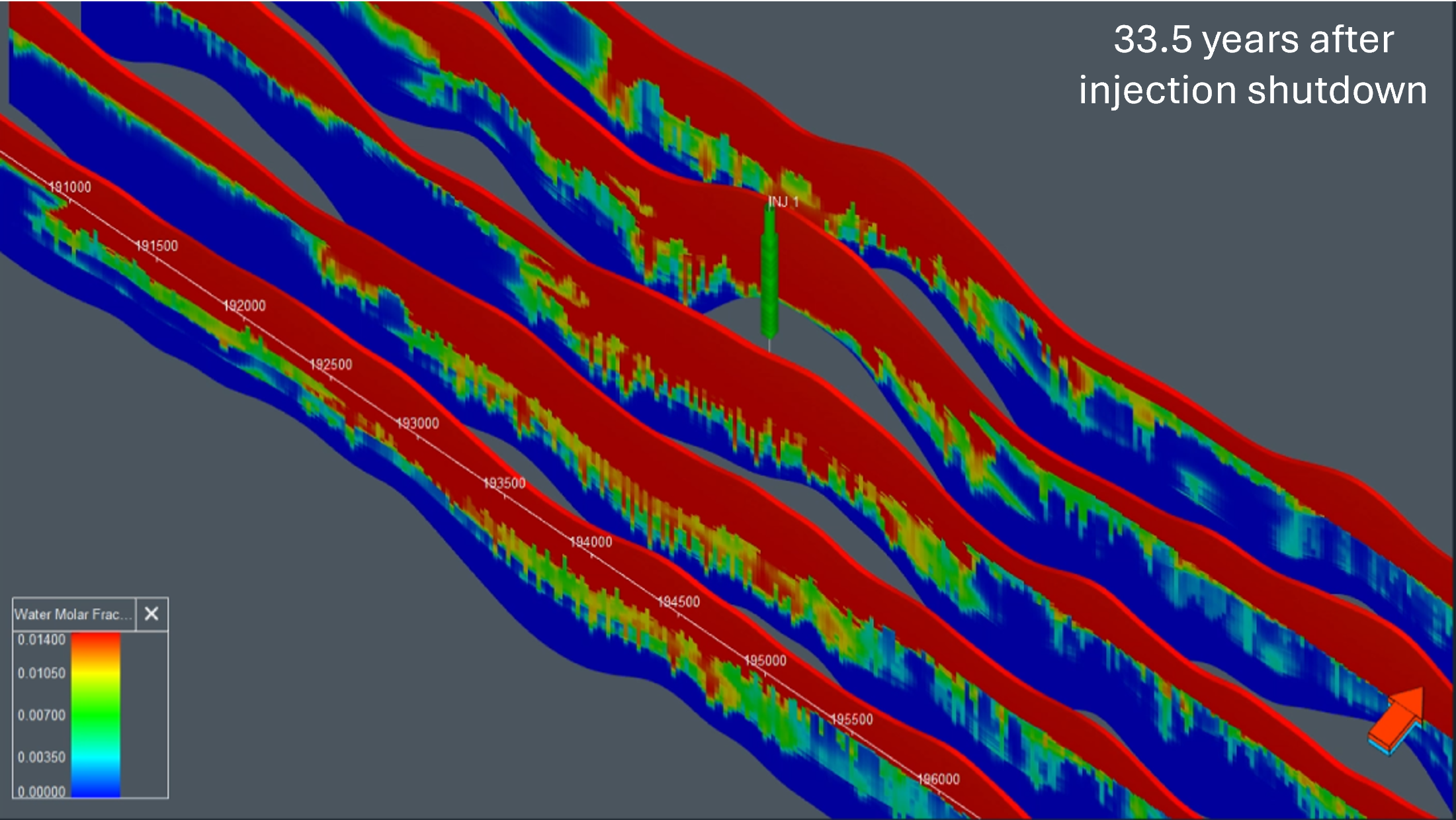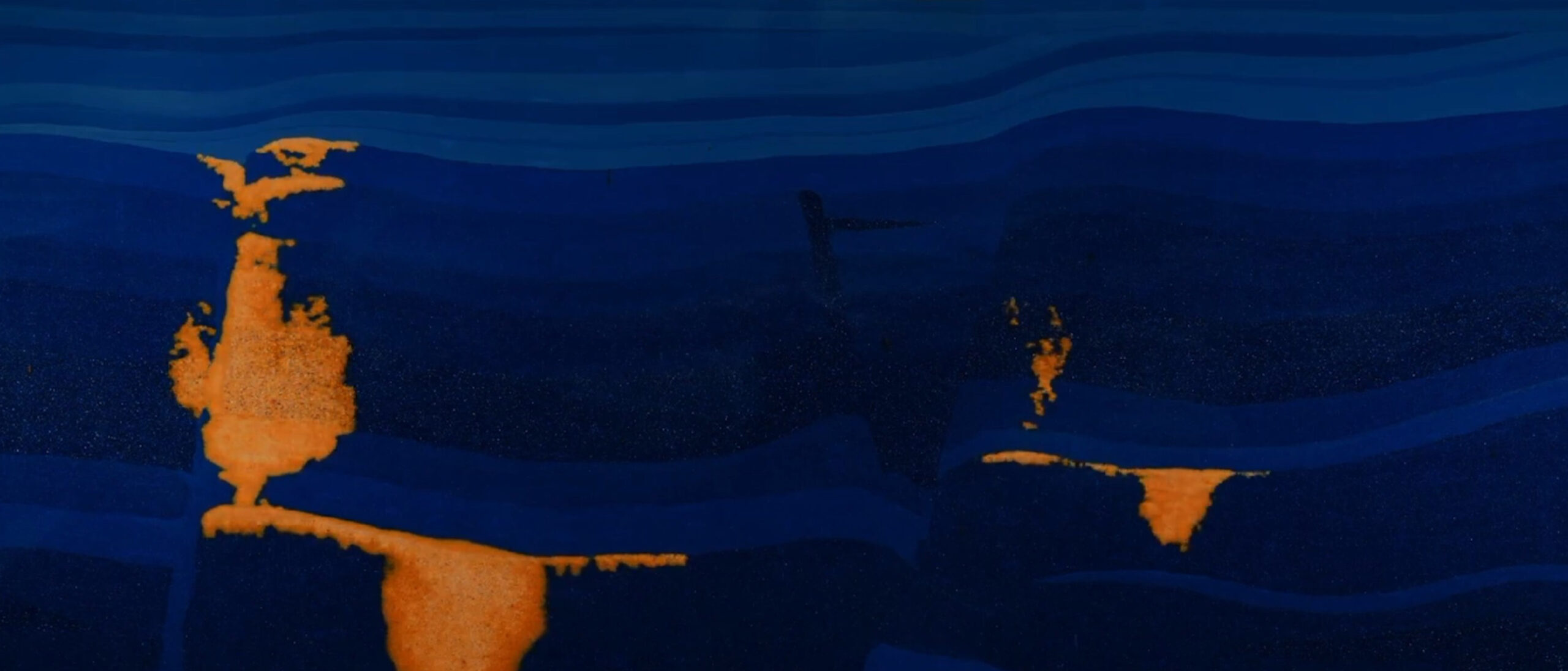“I think I watched it about 50 times,” Sean tells me when we meet online on a rainy morning. He refers to a video published by the FluidFlower research team in Bergen, Norway. In the 4-minute movie, we see what can be described as a narrow fishtank filled with different types of sand, simulating a range of porosities and permeabilities.
“The purpose of this analogue model,” Sean continues, “was to inform the public about how CO2 moves around in the subsurface once it is injected. This was all done in the framework of the Northern Lights CCS project that has just seen its first batch of CO2 injected into its reservoir.
Sean, who works as a geomodelling researcher at Aberdeen University in Scotland, describes the things we observe in the video: “During the first few minutes, nothing happens that would overly surprise a geoscientist working on subsurface fluid flow. But then, after a couple of minutes, we see “fingers” of CO2 starting to migrate downwards to the base of the reservoir,” he explains. “It is CO2 that enters into solution, making the brine heavier than the surrounding fluids.”
“I had seen this in my models,” he said, “but until then I had not properly understood what they were.”

Sean started looking into it more and found out that what the analogue model and his reservoir models had shown was no surprise at all to those who worked on the physical principles of what happened. But somehow, this was not on Sean’s radar. And that is odd, because the notion that CO2 is moving down in the reservoir is great news for the integrity of potential storage sites.
“I think many previous modelling exercises had not captured this phenomenon properly,” Sean says in an attempt to explain why he and people around him were unaware of this downward migration. This is where new technology comes in. “Using tNavigator from RFD, I was able to build a reservoir grid fine enough to replicate exactly what I saw in the video,” he says. “This would not have been possible a few years ago at all, but now we can. This is why the process has not really been picked up on by geoscientists and reservoir engineers; the models were simply not detailed enough to accurately represent what happens in the subsurface.”
The implications of this work are potentially far-reaching. “We can more confidently say that seal integrity of a CO2 store will become less of an issue over time as more CO2 will go into solution,” explains Sean. “In fact, we see that the process kicks in within years of the start of injection, all adding gravitas to getting more CO2 projects over the line.”





